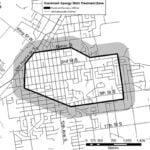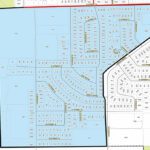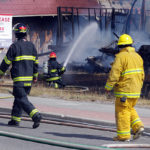Home »

Local communities get disaster risk reduction funding
Three regional communities are among 49 First Nations and local governments throughout B.C. to receive provincial funding to help reduce risks from future disasters related to natural hazards and climate change.
A total of $23.4 million from the Community Emergency Preparedness Fund (CEPF) will support communities to better prepare for, mitigate and respond to climate-related emergencies, such as floods and extreme temperatures.
?akisqnuk Community is receiving $250,000 for an Integrated Climate Change Management Plan.
The City of Cranbrook is getting $150,000 for a Phillips Reservoir Capacity Modelling and Gold Creek Dam Design.
And the Central Kootenay Regional District is getting $278,124.37 for the Creston Valley Flood Management: Defining “Safe for the use intended.”
“The climate crisis will continue to increase the risk of natural disasters in British Columbia over the years ahead. Local governments and First Nations are important partners in ensuring that communities are prepared for what will come and we’re taking action to support them in this critical work,” said Bowinn Ma, Minister of Emergency Management and Climate Readiness. “The projects enabled by this funding will make a big difference for First Nations and communities throughout B.C. in their efforts to keep lives and livelihoods safe from potential disasters.”
The Disaster Risk Reduction – Climate Adaptation stream under the CEPF supports the Province’s Climate Preparedness and Adaptation Strategy. The CEPF is administered through the Union of British Columbia Municipalities (UBCM) and funds projects that strengthen the resilience of First Nations and local governments in responding to and preparing for natural disasters and climate change.
Funding may be used for:
* risk mapping, risk assessments and planning, such as the development of a hazard map;
* land-use planning, such as amendments to relevant plans, bylaws or policies;
* purchasing equipment, such as monitoring equipment;
* delivering community education; and
* small-scale structural projects.
CEPF is a suite of programs divided into several funding streams, which includes public notification and evacuation planning, emergency support services and extreme heat risk mapping, assessment and planning.
The next intake for the Disaster Risk Reduction – Climate Adaptation stream will close on Feb. 24.
Lead image: Phillips Reservoir. e-KNOW file photo
e-KNOW







